Did you know that Japan produces not only world-renowned sake but also award-winning whiskey, gin, rum, and a dazzling variety of liqueurs? Beyond just drinks, Japanese alcohol (nihonshu 日本酒) reflects centuries of tradition, regional pride, and meticulous craftsmanship. Whether enjoyed during a quiet evening, a lively matsuri (festival), or a formal ceremony, Japanese alcohol carries deep cultural meaning and offers a delicious window into Japan’s soul.
In this article, we’ll explore the cultural significance, production methods, and serving etiquette of Japanese spirits, plus must-try recommendations and tips for enjoying these beverages at home. Along the way, you’ll discover how to bring a touch of Japanese hospitality into your own home perhaps with a handcrafted cup, sake set, or artisan glassware to elevate your experience.

Cultural Significance: More Than Just a Drink
Alcohol in Japan isn’t only for casual enjoyment it plays a social and ceremonial role woven into daily life and special occasions.
Ceremonial Use
At weddings, shrines serve omiki (御神酒, sacred sake) to honor deities. During New Year celebrations, families share toso (屠蘇), a spiced sake believed to bring health and longevity. Sumo wrestlers perform a Shinto sake ritual before entering the ring, and many local festivals feature ceremonial sake offerings to ensure good fortune.
Festivals & Social Bonds
Matsuri often feature stalls selling local sake or umeshu (梅酒, plum wine), bringing communities together. In workplaces, nomikai (飲み会, after-work drinking parties) help build camaraderie though etiquette dictates you should never pour your own drink but fill others’ glasses first. Even in casual gatherings, sharing alcohol is a way to strengthen relationships and express gratitude.

Types of Japanese Alcohol: From Ancient to Avant-Garde
Japan’s alcoholic beverages range from ancient brews to innovative spirits. Here are the essentials:
- Sake (日本酒) – Brewed from rice, water, and koji mold. Kyoto’s Fushimi area is famous for its pure Fushimi water, while Niigata is known for crisp, dry sake.
-
Shochu (焼酎) – A distilled spirit, often lower in alcohol than whisky but higher than sake. Types include:
- Sweet potato shochu (imo shochu 芋焼酎)
- Barley shochu (mugi shochu 麦焼酎)
- Rice shochu (kome shochu 米焼酎)
- Kasutori shochu (粕取り焼酎, made from sake lees)
- Buckwheat shochu (soba shochu そば焼酎)
- Awamori (泡盛) – Okinawa’s ancient spirit, made from Thai long-grain rice and black koji mold, aged in clay pots for deep flavor.
- Umeshu (梅酒) & Fruit Liqueurs – Sweet and aromatic, featuring fruits like yuzu, mikan, and sakura. Try にごり蜜柑酒 (nigori mikan-shu).
- Japanese Whisky – Known for meticulous craftsmanship and aging in mizunara oak casks. Famous distilleries include Miyagikyo, Yamazaki, and Hakushu.
- Japanese Gin & Rum – Modern botanicals like yuzu, sansho pepper, sakura flowers, and Okinawan rum with fruity, mineral-rich profiles.
Production Methods: Tradition Meets Innovation
Japanese alcohol is defined by precision, patience, and respect for local terroir.
Sake Brewing
Master brewers (toji 杜氏) select special sake rice, polish it, and ferment it with pure water sources using centuries-old techniques.
Shochu Distillation
Shochu can be distilled in coffey stills for lighter styles or pot stills for richer flavors. Each region uses local crops, sweet potatoes in Kagoshima, barley in Oita, rice in Kumamoto.
Awamori Crafting
Awamori’s use of black koji mold and long aging in clay pots creates its signature depth, with premium varieties aged for over a decade.
Whisky & Gin Innovation
Japanese whisky blends malted barley distillate with pristine mountain water, often aged in mizunara oak. Japanese gin highlights local botanicals like yuzu and sakura flowers.
Regional Specialties & Artisanal Liqueurs
Okinawa’s awamori uses Thai rice fermented with black koji. Boutique producers like 麻原酒造 (Asahara Shuzo) craft fruit liqueurs with seasonal ingredients.

Serving and Consumption Etiquette
Enjoying Japanese alcohol isn’t just about taste it’s also about hospitality, mindfulness, and connection.
Temperature Matters
- Sake: chilled (reishu 冷酒), room temperature (joon 温燗), or warmed (atsukan 熱燗).
- Shochu: straight, on the rocks, mixed with hot water (oyuwari お湯割り), cold water (mizuwari 水割り), or soda.
- Awamori: diluted with water and served over ice.
Food Pairings
- Sake with sushi, sashimi, or tempura.
- Shochu with izakaya dishes, grilled meats, hot pot.
- Awamori with Okinawan dishes like braised pork belly.
- Umeshu with desserts, fruit, or cheese.
- Whisky and gin with simple snacks, dark chocolate, citrusy desserts.
Pouring Etiquette
Never pour your own drink, always pour for others first. Hold the bottle with both hands when serving and receive drinks with a small bow of gratitude. These gestures reflect respect and friendship.
Popular Brands and Recommendations
- Sake: Dassai 23, Kubota Senju, Hakkaisan
- Shochu: Kuro Kirishima, Nikaido, Hakutake Shiro
- Awamori: Zuisen, Chuko
- Whisky: Nikka Miyagikyo, Yamazaki Single Malt, Hakushu
- Gin: Roku Gin, Ki No Bi, Masahiro Okinawa Gin
- Rum: Iejima Distillery, Taragawa Bourbon Cask
- Specialty Liqueurs: 麻原酒造 fruit liqueurs like にごり蜜柑酒
Bringing the Experience Home
Japanese alcohol is a story of nature, culture, and craftsmanship. Whether you’re sipping smooth umeshu, savoring aged awamori, or toasting with sparkling sake, the experience deepens when you honor the traditions around it.
Consider hosting a Japanese-style tasting: serve drinks in authentic handcrafted cups, bowls, or sake sets, and pair them with seasonal dishes. Experiment with different temperatures and serving styles to discover new flavors. Even a simple meal can become a celebration of Japanese hospitality.

Beginner’s Guide: Pairing Japanese Alcohol with Food & Choosing the Right Glassware
- Sake: Ceramic ochoko or glass cups. Pair with sushi, sashimi, grilled fish, vegetable tempura.
- Shochu: Glass or ceramic tumbler. Pair with yakitori, karaage, stews.
- Awamori: Short glass with ice or diluted. Enjoy with Okinawan cuisine.
- Umeshu & Liqueurs: Liqueur glasses or small tumblers. Pair with fruit, cheese, desserts.
- Whisky: Tulip-shaped glass or tumbler. Pair with dark chocolate, nuts, citrusy snacks.
- Gin & Rum: Highball or cocktail glass. Pair with citrus, seafood, light appetizers.
Japanese alcohol invites you to slow down, savor each sip, and connect with centuries of culture.
Kanpai! (乾杯, cheers!) Ready to explore more? Start with a bottle of umeshu or a small-batch shochu, and see how the right drink and the right tableware can transport you to Japan’s heart.


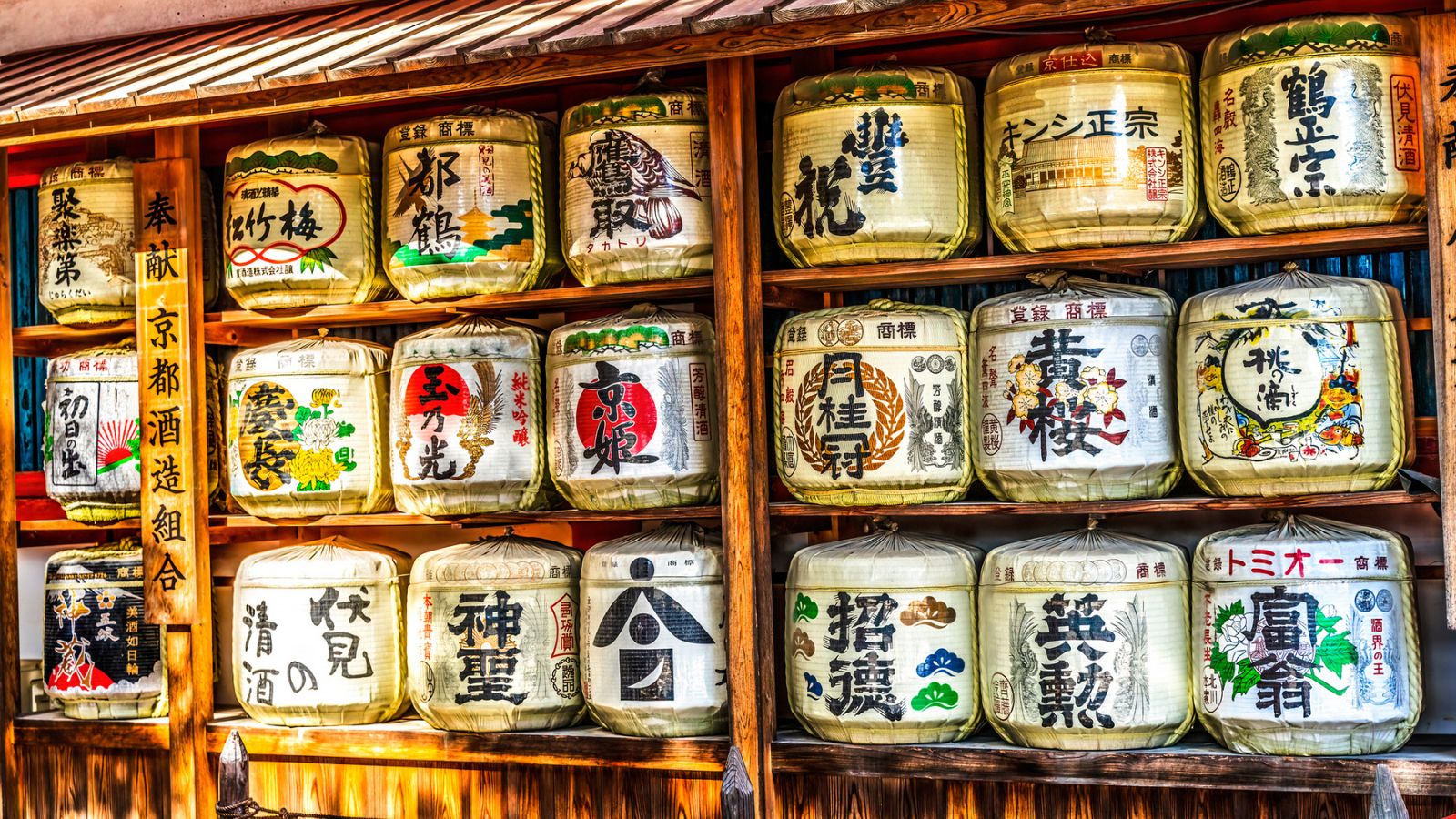
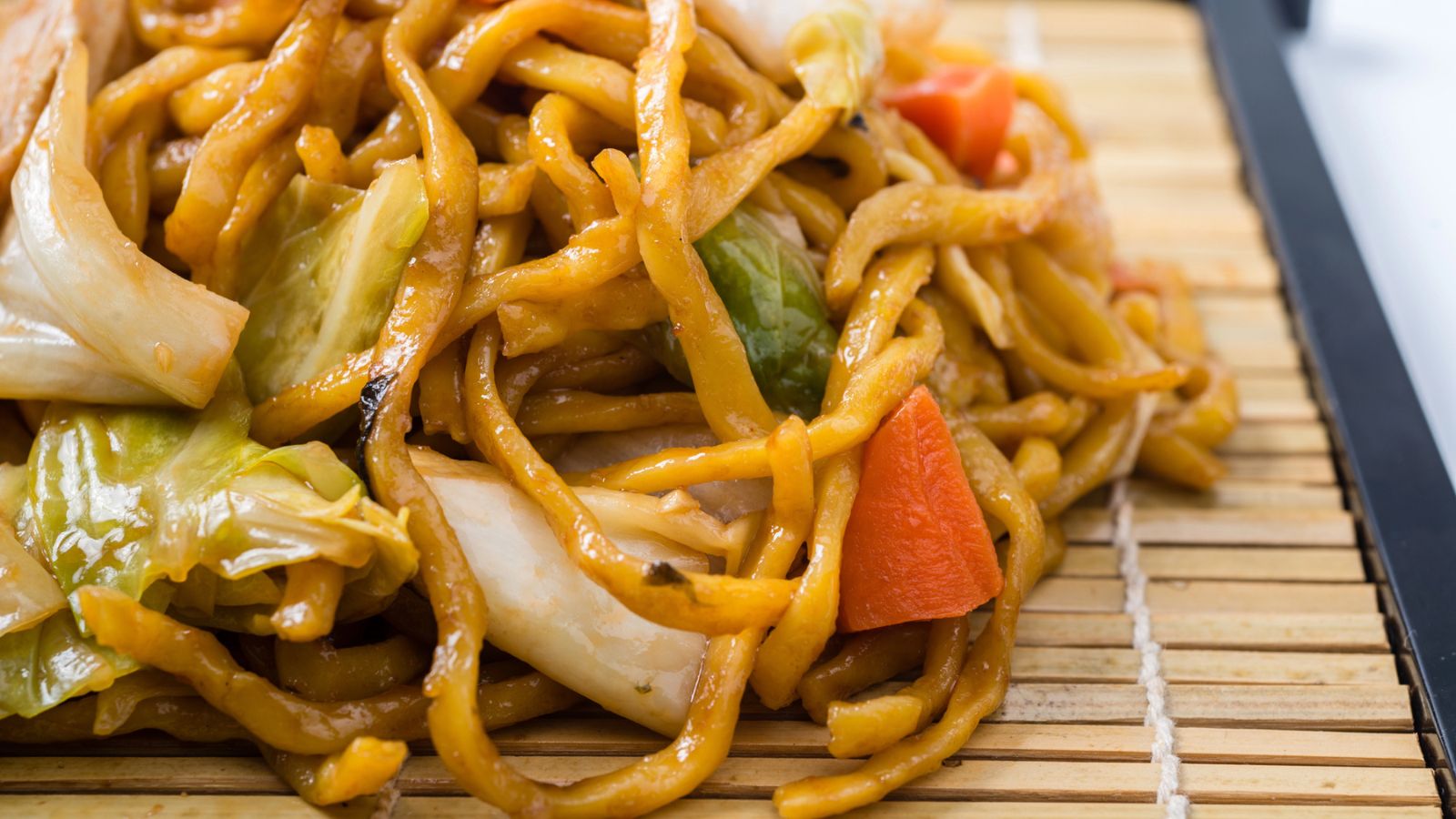
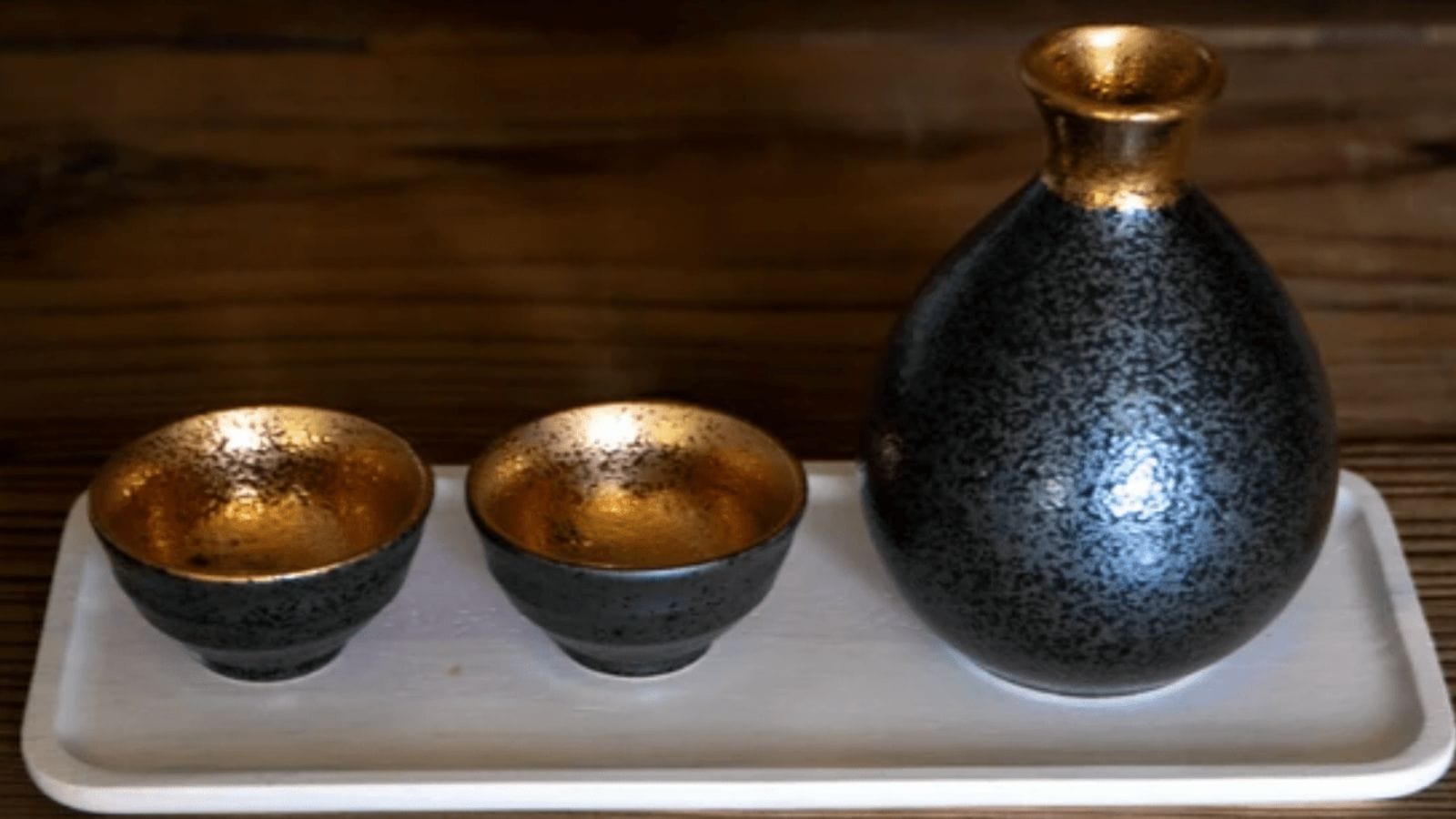
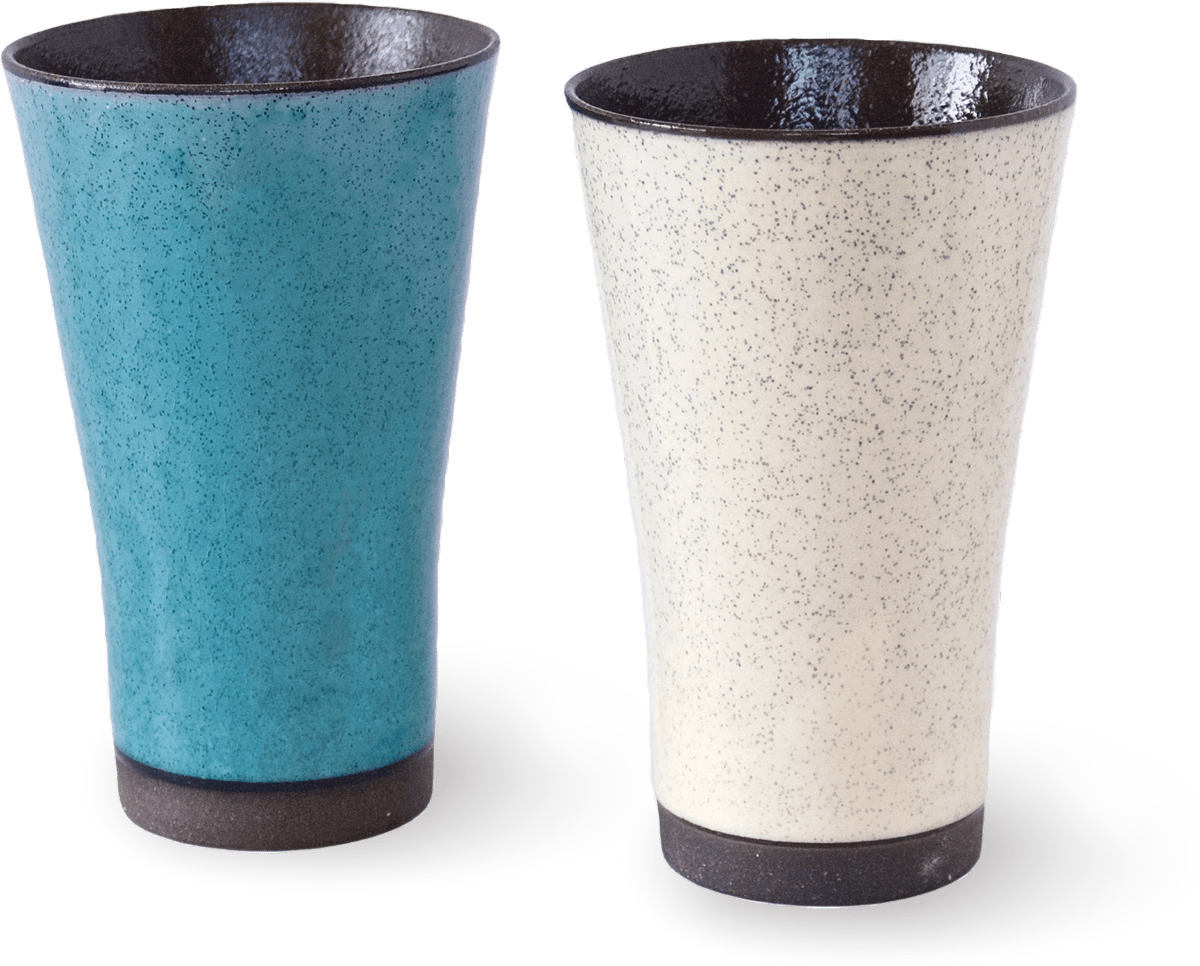
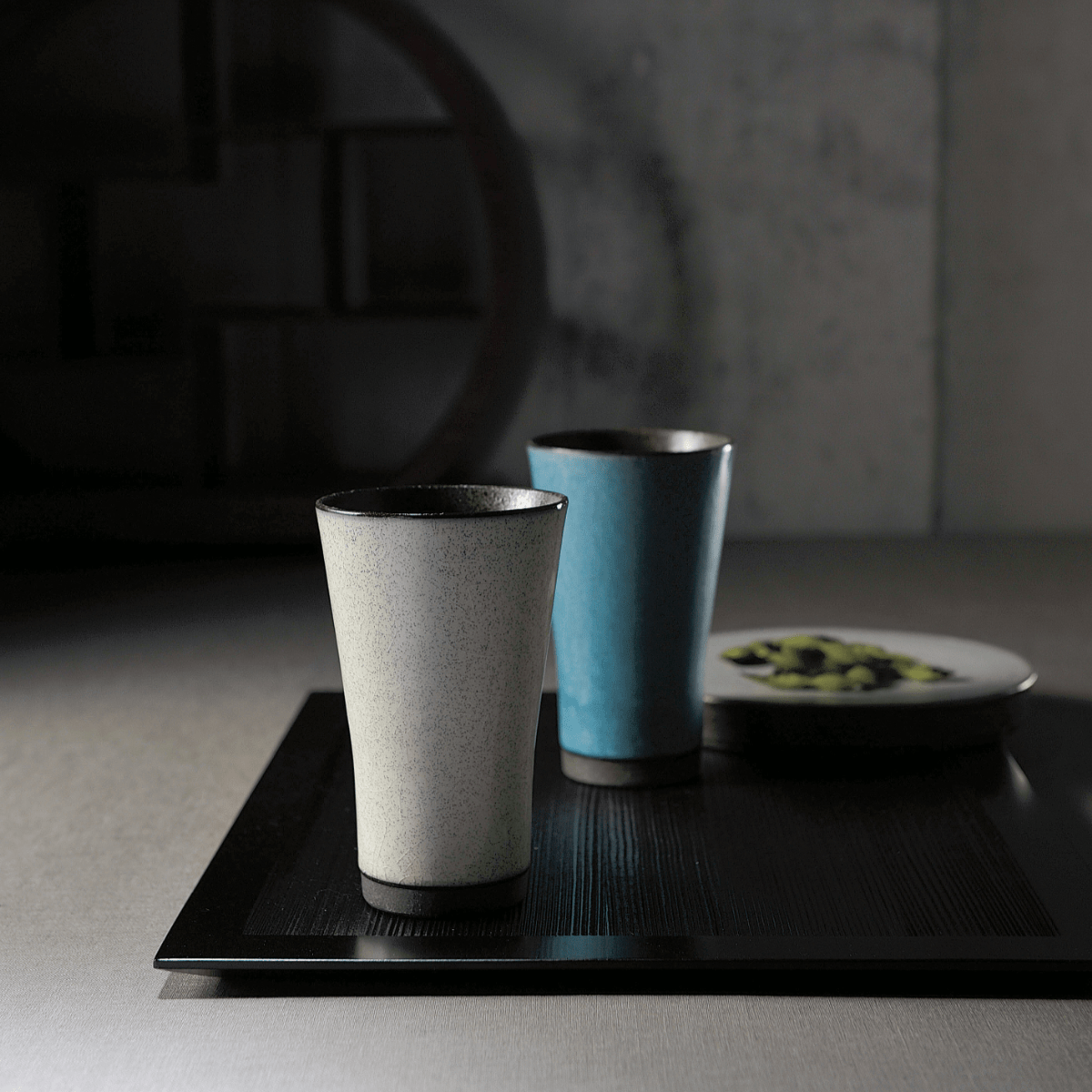
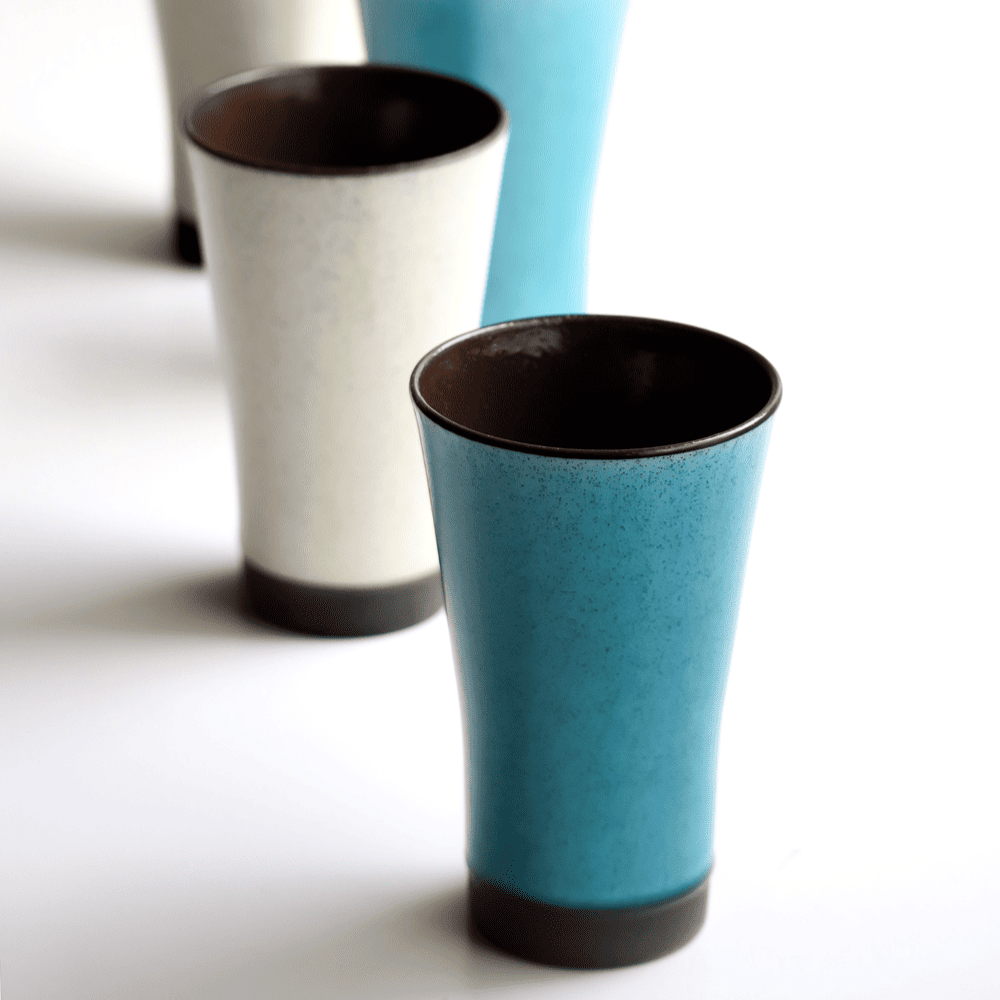
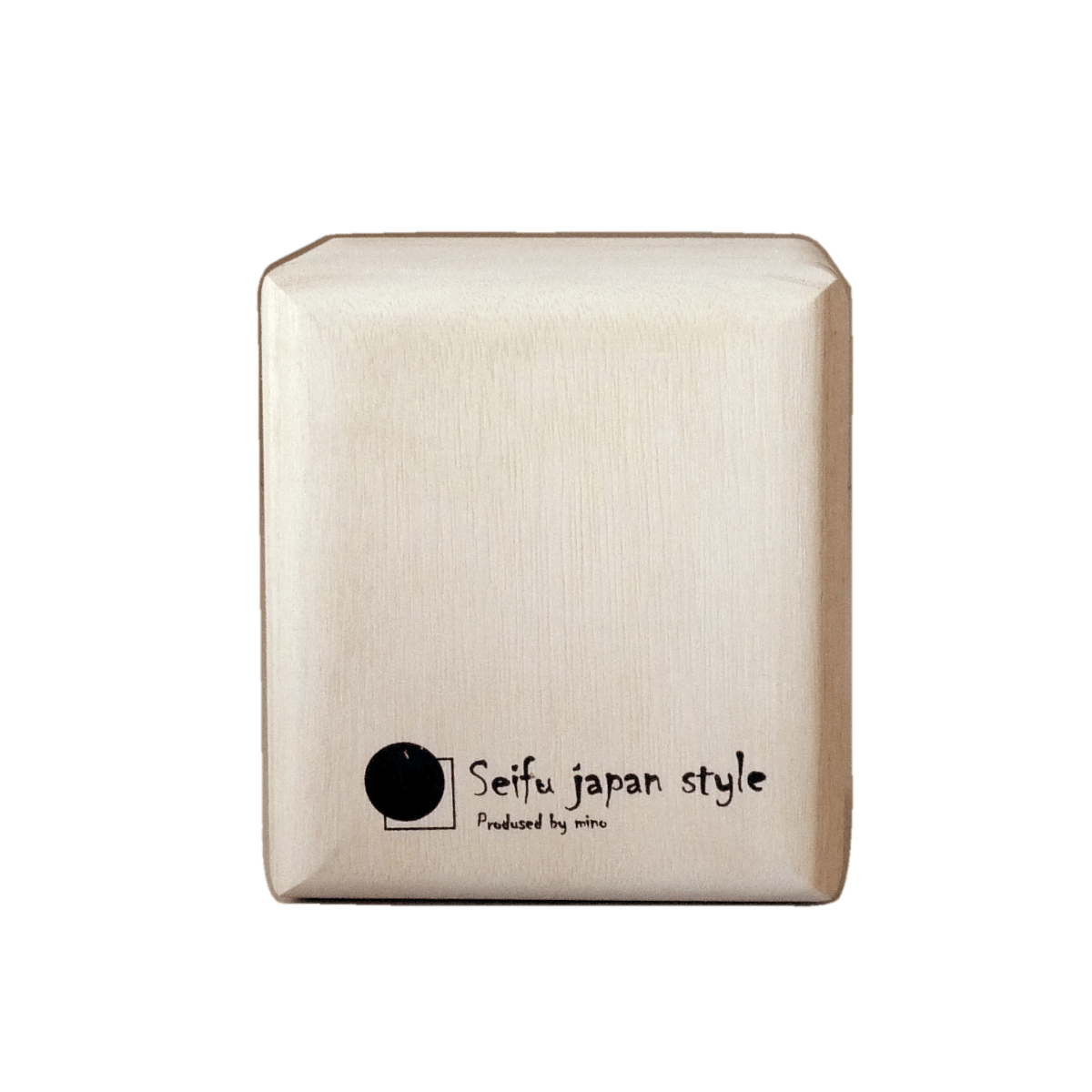
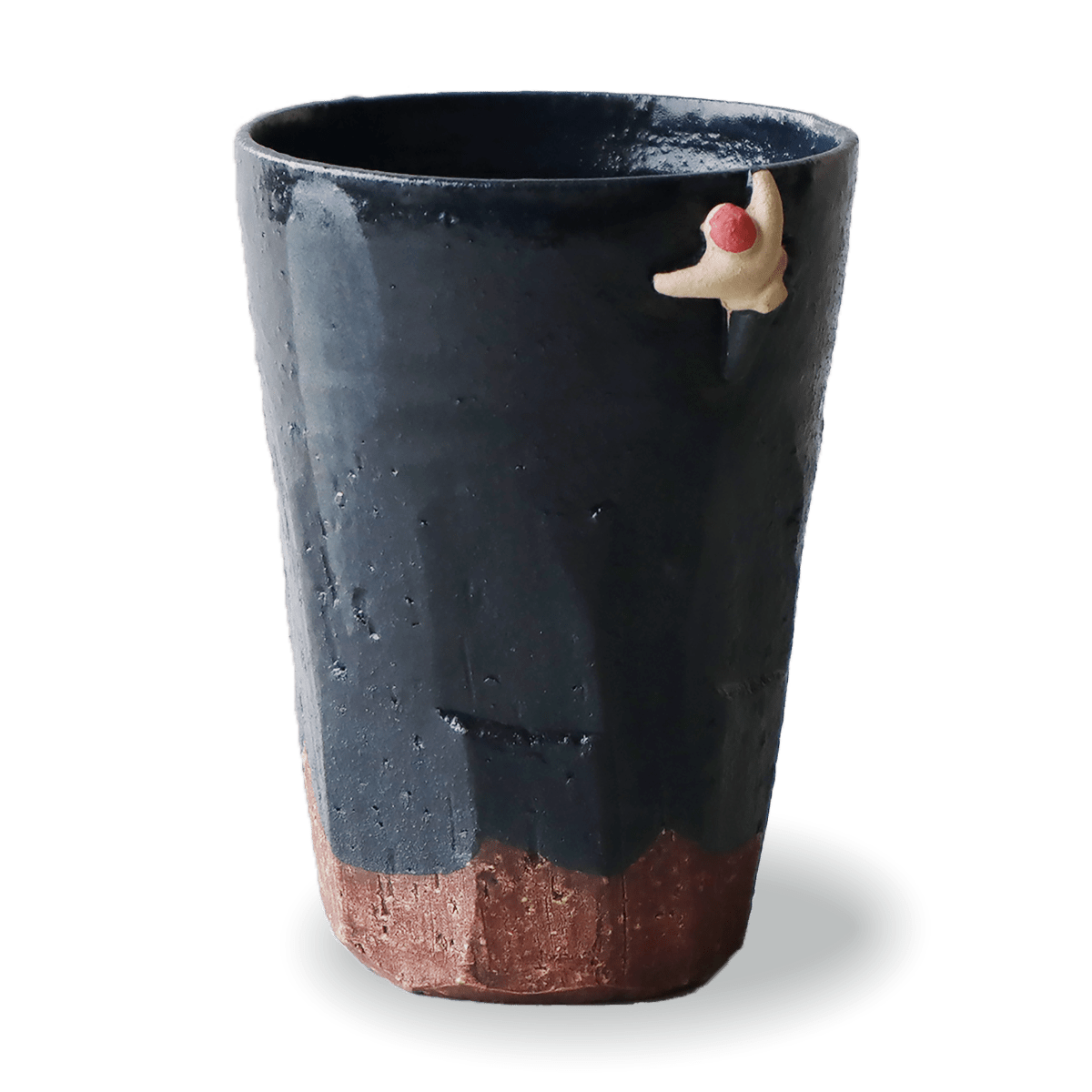
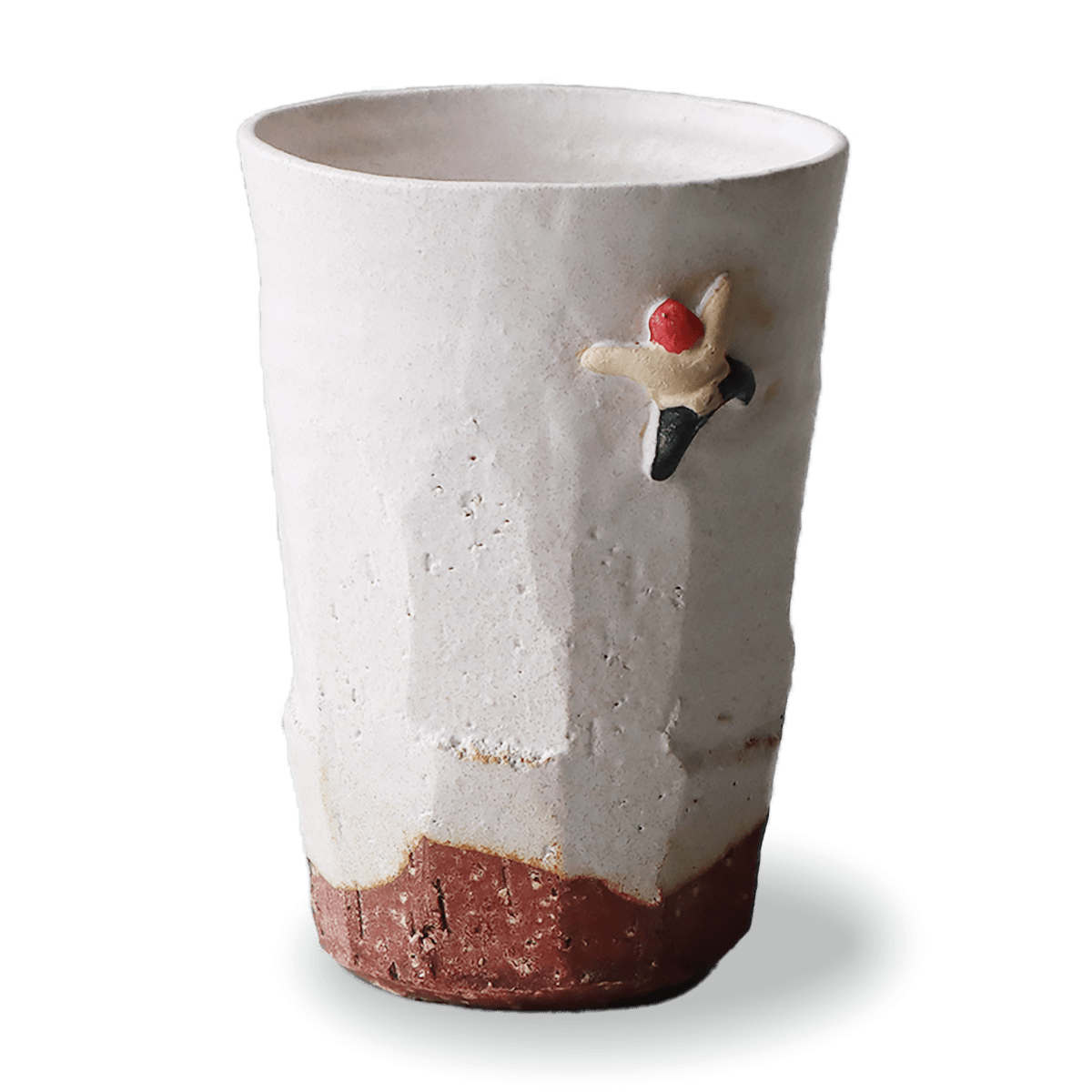
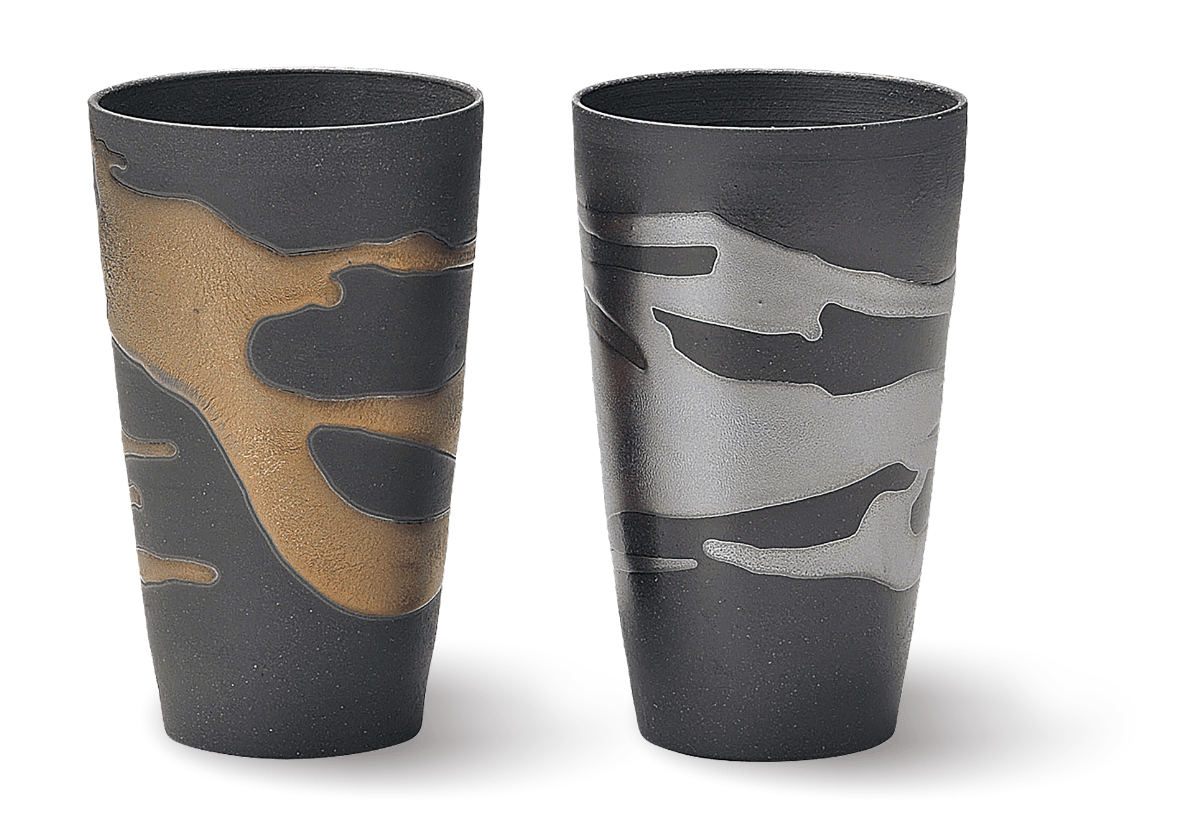
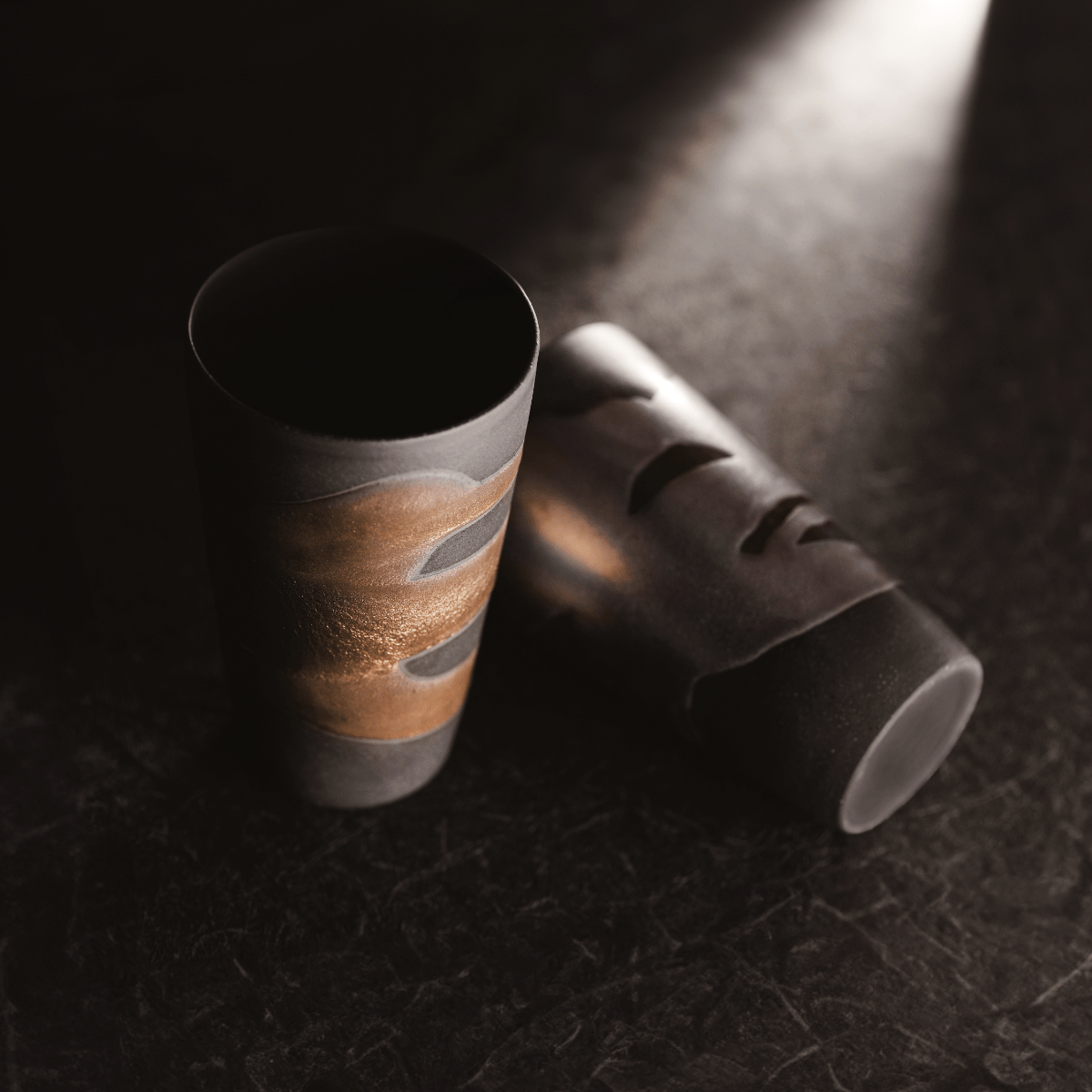
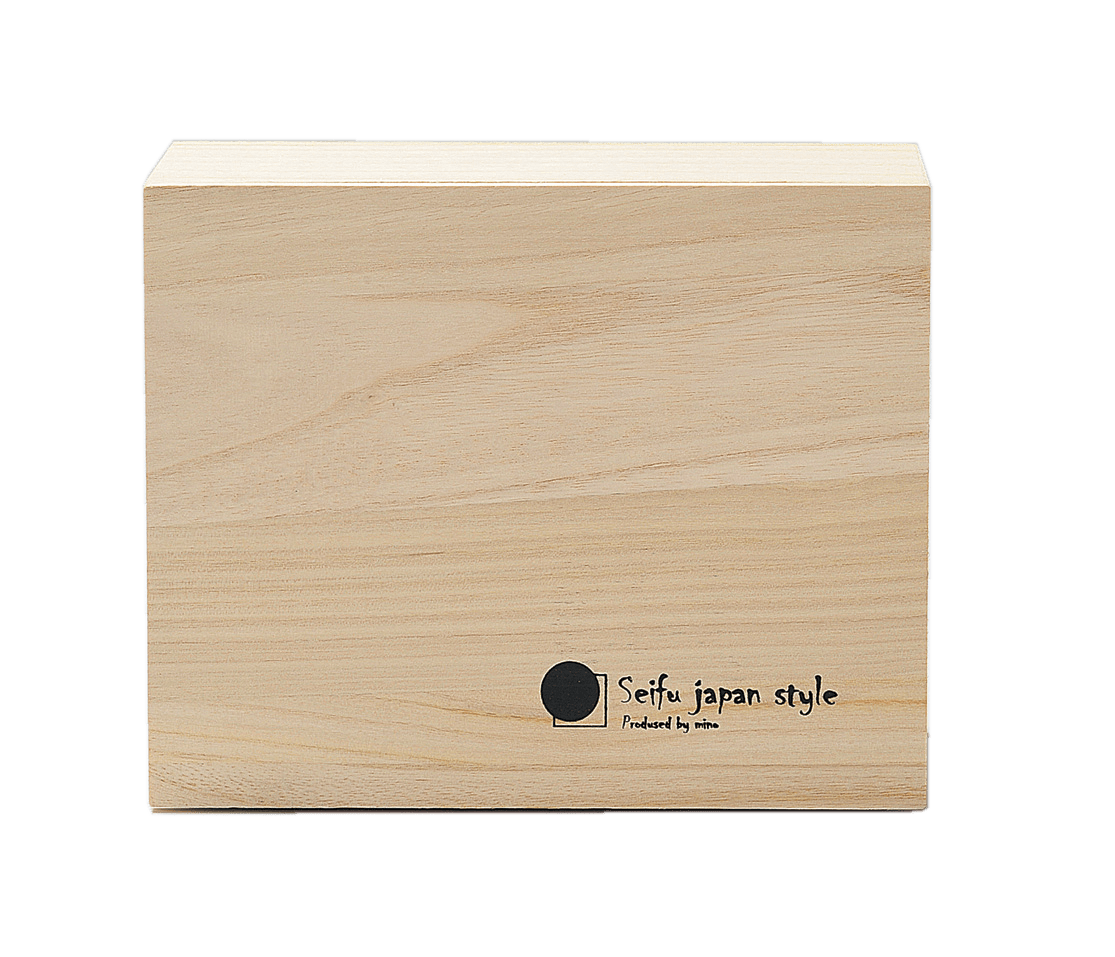
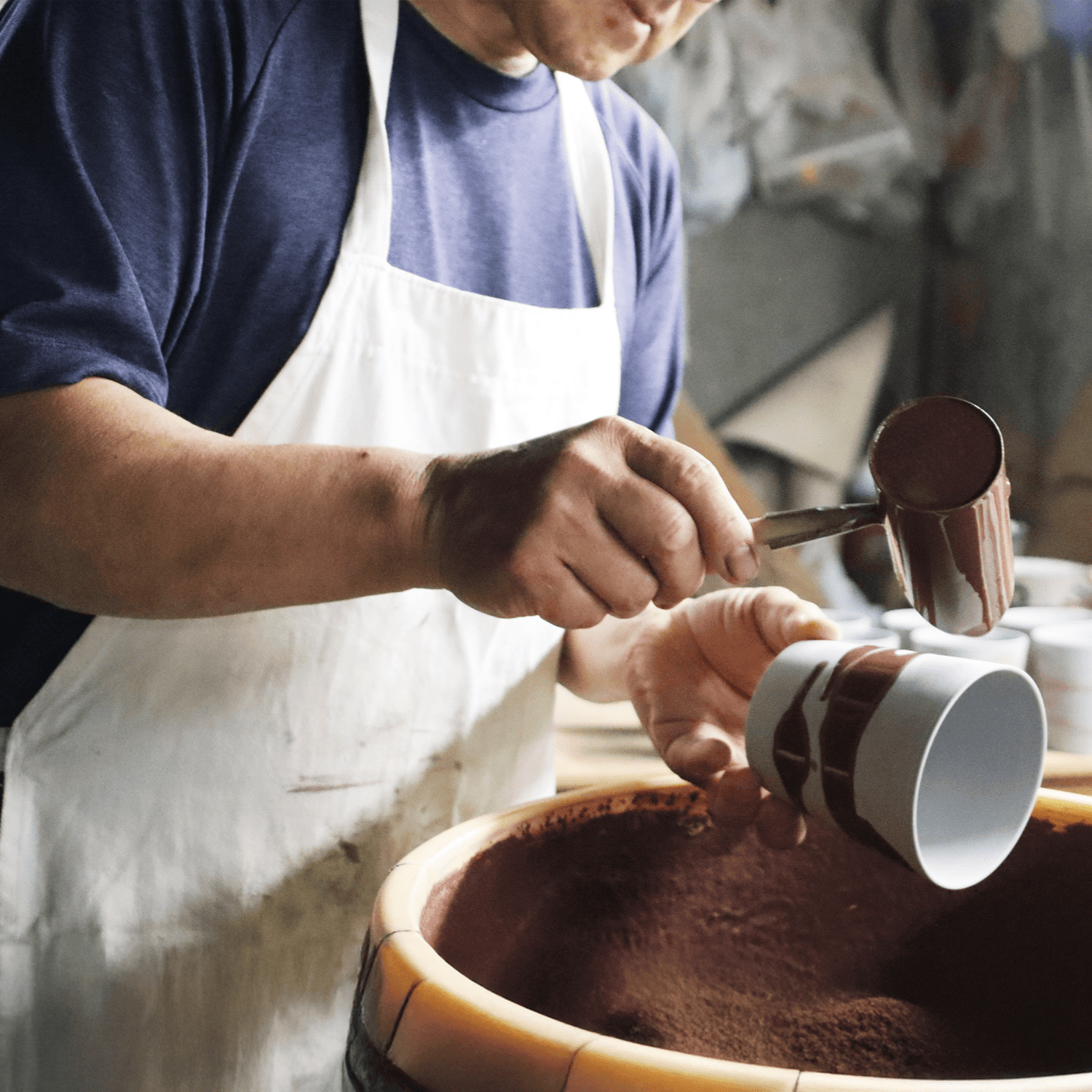



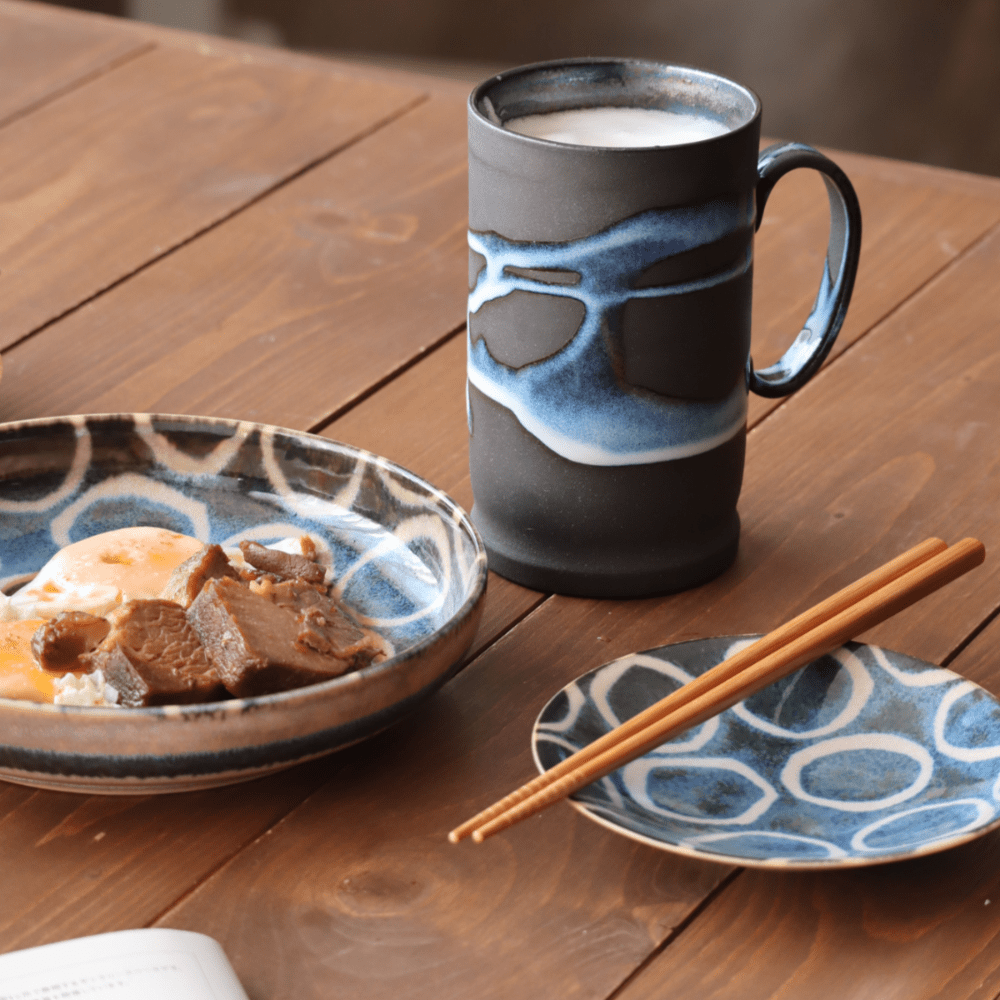
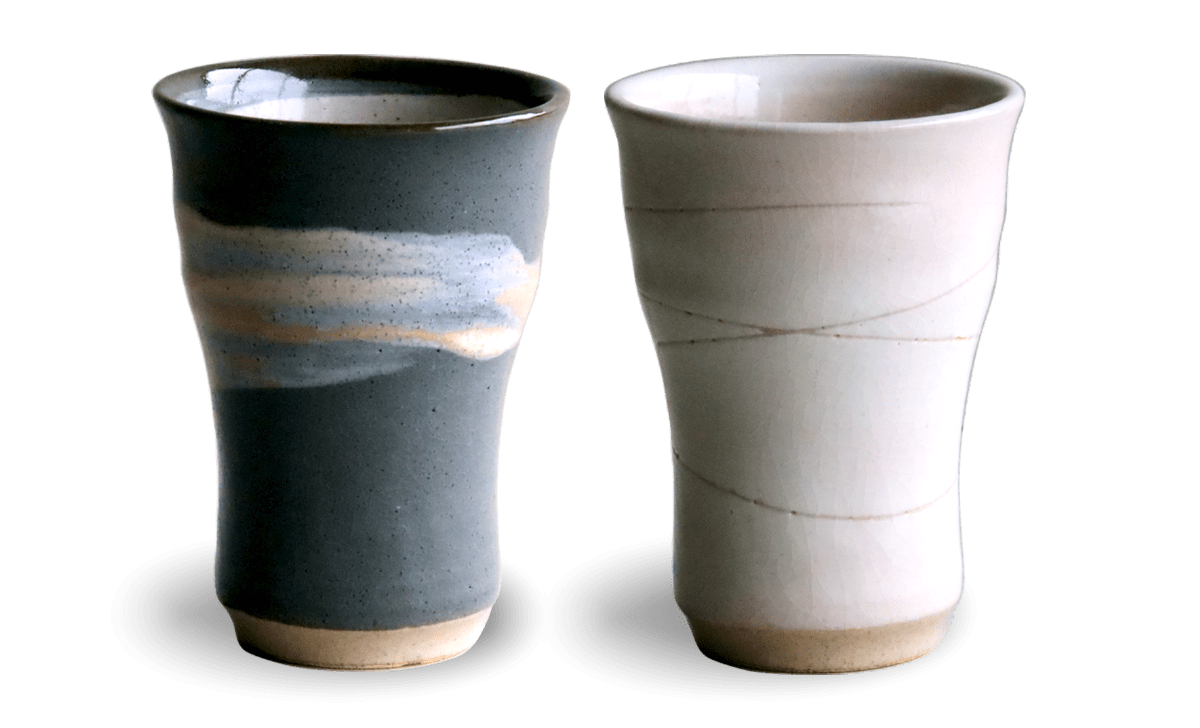
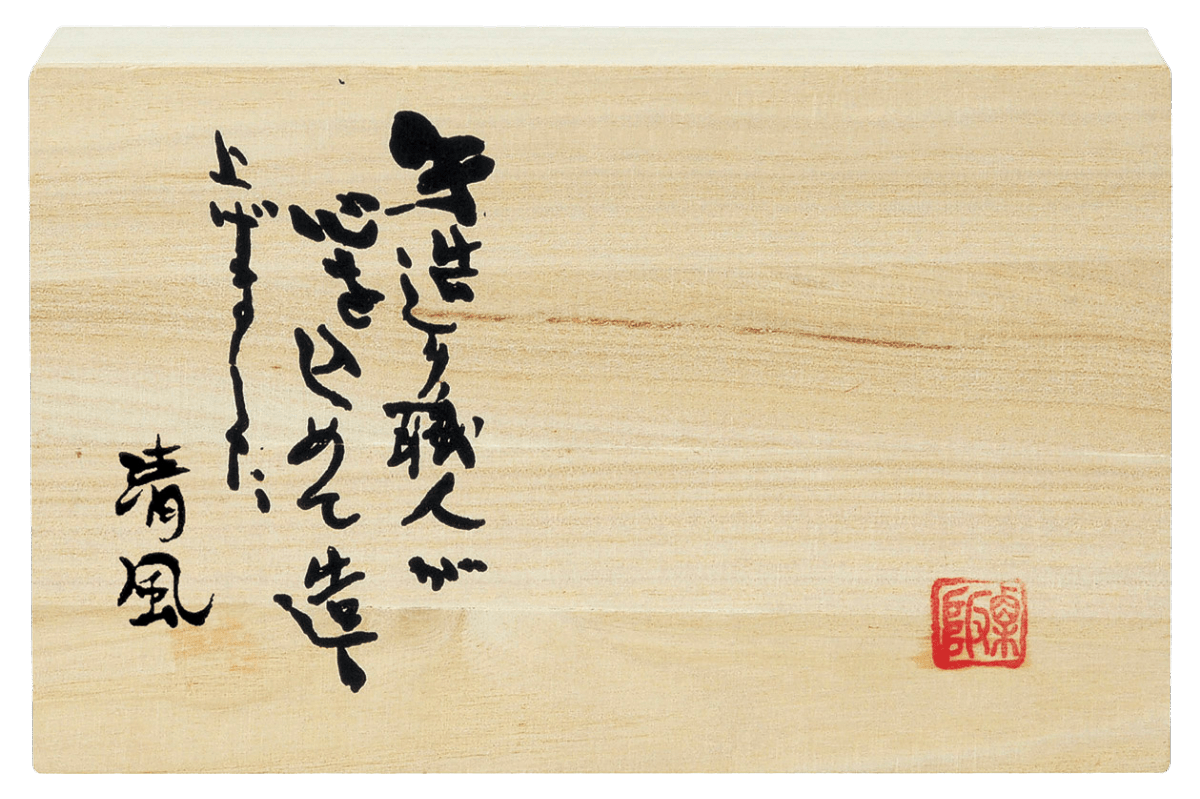

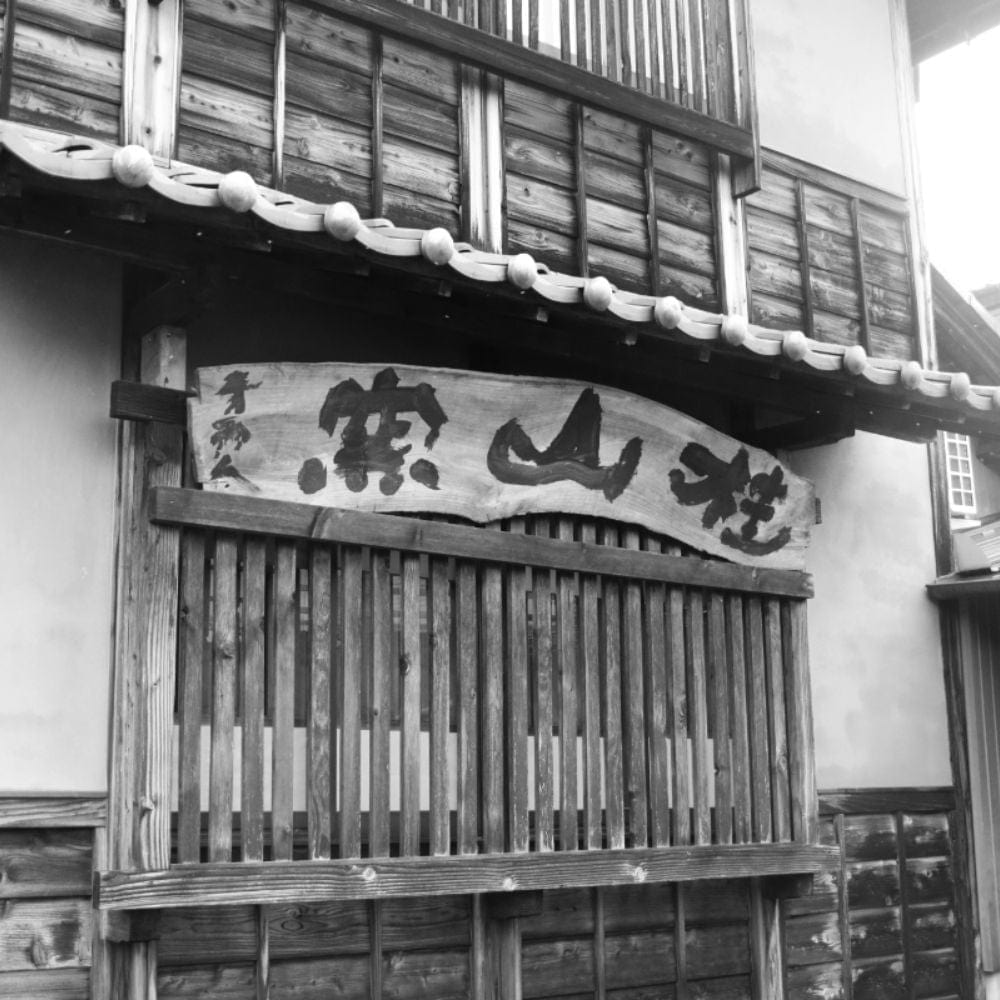
Share: